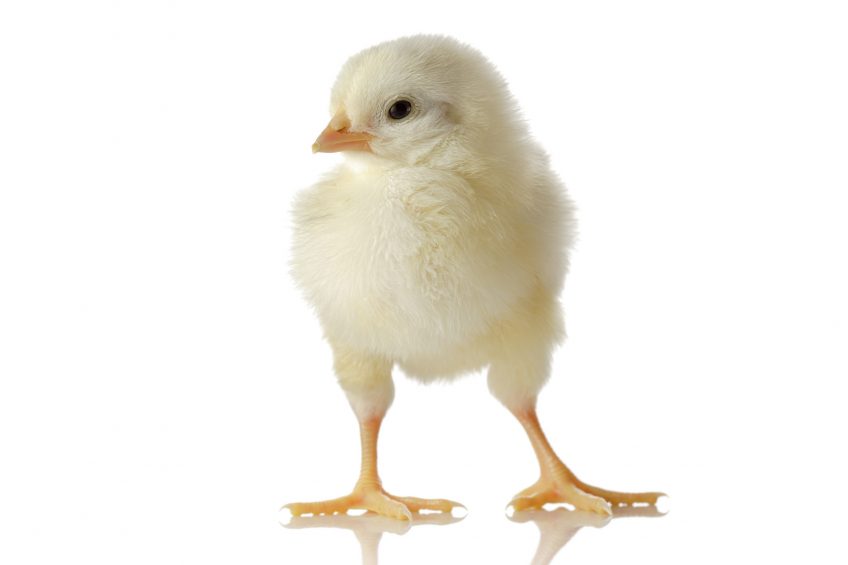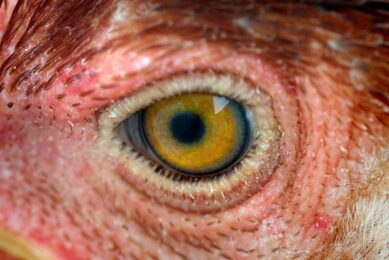Gene editing has potential for future poultry breeding

Genetic modification of animals has been around for decades but genome editors are a new tool that allow small changes – replacing one amino acid or a short sequence – to be made to the DNA.
Rapid progress has been made in genome editing, and the technique has now become very efficient and is making a valuable contribution to the poultry sector, according to Mike McGrew of the Roslin Institute who was invited to the Chester meeting to offer his insights into the future of poultry genetics.
Dr McGrew and his team have successfully applied the same principles to the primordial germ cells in the bird’s egg.
Featherless chicken
In looking to edit these cells to improve disease resistance and other important survival traits in chickens, the team first turned their attention to the featherless chicken that was first discovered at University of California-Davis. While this bird is better adapted to tropical climates, it was thought its unusual appearance would not be well received by consumers or the media.
Check out the interactive Poultry Health Tool – with the latest insights on the 40+ most common poultry diseases
The Scots Dumpy
More successful was work to preserve a rare breed of chicken native to Scotland, the Scots Dumpy. The Roslin gene editing method was applied to produce a sterile surrogate hen of a common breed, into which the rare breed embryo was implanted. These embryos developed normally, and the Scots Dumpy is now at far lower risk of dying out.
*This report is from the recent UK branch of the World Poultry Science Association’s Spring Conference
Join 31,000+ subscribers
Subscribe to our newsletter to stay updated about all the need-to-know content in the poultry sector, three times a week. Beheer
Beheer








 WP Admin
WP Admin  Bewerk bericht
Bewerk bericht